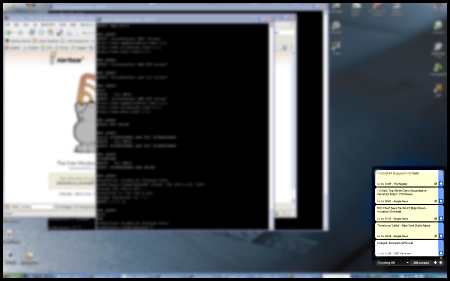If you’re a digital photographer, then you know the hardest part of the workflow is getting your images to a webpage because of all the work that has to go on dealing with adjusting, labeling, resizing, and moving the images. Google’s Picasa Web Albums comes to the rescue, and it can handle a lot of photos well.
Take a quick gander at my web gallery. To be honest, I don’t know what you’ll find up there at any given moment. The reason? I’m having too much fun playing with it!
The album is hosted by Picasa Web Albums, and I already know what you’re thinking: you use Flicker or PhotoBucket. Well this is different.
Much different.
Goggle’s free Picasa, software will scan your system for photos. You can browse them super fast, present slide shows, crop, strighten, fix red eye, correct color, correct contrast, correct brightness, and apply a ton of effects. You can email, print, order prints, make collages, export, and blog. But you can now automatically upload as a Picasa Web Album. And it’s fast.
Hint: make sure you go to Tools / Options.., select File Types, and turn on all the file types, like GIF and PNG, in order to get everything on your system.
OS X users aren’t left out at all, given that
Apple’s iPhoto, does the above as well, Google gives you a plug-in that makes iPhoto export to a web album. They also give you an uploader, in the event you just have a folder with pictures.
The web album does all the rest, however — thumbnail browsing, photo selections, order organizing, downloading, publishing, printing, and notifications. Yes, you even get RSS feeds, so people subscribing to your photo album will know when you’ve updated without you having to send an email.
It’s interactive. It’s awesome.
This is a great tool for any digital photographer who wants to go from camera shoot to web pages in a very short period of time.
Walt gives Google Picasa Web Albums a thumbs up!


